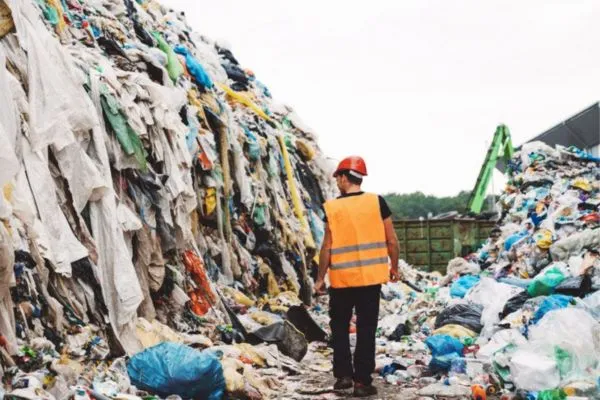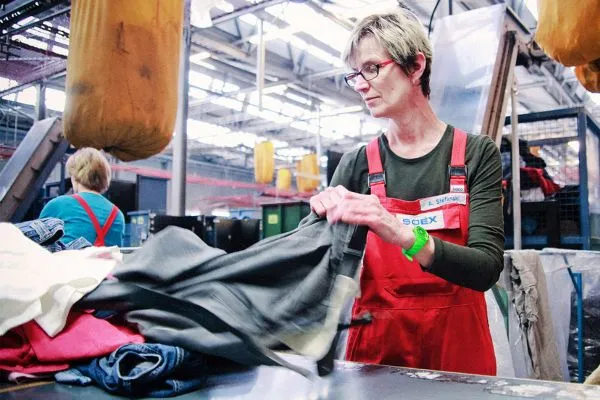Fast fashion has become a buzzword with an enormous scale of growing industries for more than 20 years. With the arrival of new garments, and the increase in global consumption of fashion, the fast fashion industry contributes to the social economy.
Table of Contents

Fast fashion not only accelerates production but also contributes to the emission of global carbon dioxide. So, ecologically, fast fashion possesses some dark sides that remain unquestioned.
What does Fast Fashion imply?
Fast fashion refers to the fashion trends that quickly turnover with the objective of cheap and mass-produced clothing. Fast fashion brings with it the overflowing of clothes in wardrobes covering sustainability, and environmental consciousness.

The model of fast fashion involves rapid design, production capacity, and distribution channels, as well as the marketing of clothing to allow customers to get fashionable products at a low price.
Impacts of Fast Fashion on the Environment
The idea of fast fashion has some crucial impacts on the environment. First of all, because of fast fashion, clothes now have a limited lifespan. Secondly, the choice, and growing interest of people, all these get changed because of increased demand and hype of certain clothes. As a result, the following impacts are quite certain:
Negative Impacts:
- Fast fashion clothing ends up in landfills slowly through decomposition.
- It is a source of microplastics in marine environments.
- It is also a source of worker exploitation in third-world countries. Hazardous working conditions and unlivable wages pull massive profits for companies.
- It has become an unsustainable market with the promotion of overconsumption.
- Fast fashion clothes use a lot of natural resources and contribute to greenhouse gas emissions. All these are responsible for climate change.

Fast fashion does not always bring negativity to the clothing industry. It has advantages too. For instance:
Positive Impacts:
- Fast fashion can recycle clothes to reduce clothing waste.
- Environmentally degraded but economically sustainable as it creates job creation.
- Fast fashion is up for selling as thrift goods to minimize the pressure on the manufacturing process while limiting the emission of synthetic material.

Conclusion
Fast fashion comes with both advantages and disadvantages in the fashion industry. To improve the environmental impact of fashion, one can follow the recycling process, buy second-hand clothes, rent clothes, and buy less. The only objective is to reduce overconsumption as it leads the other connected things negatively towards environmental degradation.
